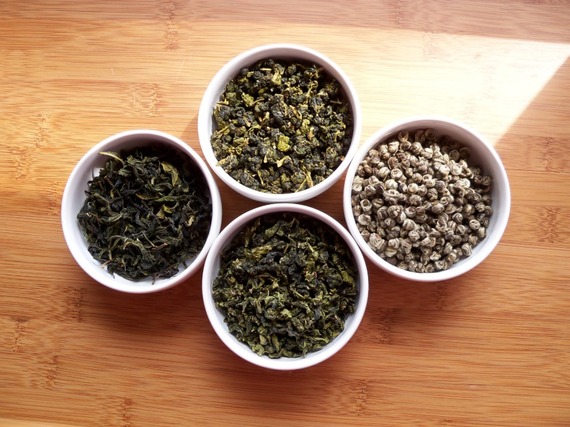
Meditation can trigger the antidote to stress, called the relaxation response
|
Goal setting and relaxation techniques reduce stress and ease the physical and emotional burden
it can take.
Stressful experiences come in many forms, such as a demanding job, a
chronic disease, or an argument with a loved one. But all types of
stressors—even stress from positive experiences,
such as planning a
party—can result in the same physical and emotional burden on health,
especially when you’re an older adult. “As we age, our immune systems
are less efficient, and adding stress to that can lead to disease
progression or the onset of disease,” says Dr. Ann Webster, a health
psychologist at the Benson-Henry Institute for Mind Body Medicine at
Harvard-affiliated Massachusetts General Hospital.
The stress response
Stressful situations trigger a physical reaction known as the stress
response. The brain relays warnings to the muscles, which tighten, and
to the adrenal glands, which release stress hormones such as adrenaline
and cortisol. These hormones help your body prepare to fight or flee to
safety: your heart pounds, blood pressure rises, and more of your blood
is sent to your brain and muscles; your breath quickens to get more
oxygen into your blood; and your body releases sugars and fats into the
blood for energy.
In the short term, the stress response can help you navigate a
difficult situation. But chronic stress can lead to physical damage.
“Stress increases blood sugar and can make diabetes worse. It can create
high blood pressure and cause insomnia. It can also make people become
anxious, worried, depressed, or frustrated,” says Dr. Webster. Chronic
stress also increases the risk of heart disease, heartburn, and many
other health problems.
Recognizing stress
Symptoms of stress can take many forms. Stress may cause physical
complaints, such as tension headaches, back pain, indigestion, or heart
palpitations. It may appear as cognitive problems, such as poor
concentration and indecisiveness. Emotional symptoms of stress include
crying, irritability, and edginess. And stress can also show up as
negative behaviors. “Driving a car too fast, overeating, or smoking can
all be behavioral symptoms of stress,” says Dr. Webster.
Managing stress
The first step toward reducing stress is learning what your triggers
are. “If you know what pushes your buttons, then avoid it. But there are
stresses we have to accept, so we must change our reactions to them,”
explains Dr. Webster. She offers the following ways to reduce or
manage stress:
-
Relaxation techniques. These are
activities that trigger the relaxation response, a physiological change
that can help lower your blood pressure, heart rate, breathing rate,
oxygen consumption, and stress hormones. You can achieve this with
activities such as meditation, guided imagery, yoga, and deep
breathing exercises.
-
Cognitive behavioral therapy (CBT). CBT is based on the idea that changing unhealthy thinking can change your emotions. A CBT therapist will help you identify negative thinking and learn to automatically replace it with healthy or positive thoughts.
Goal setting. “When people set goals for
themselves, they have a positive sense of commitment, feel they’re in
control, and are optimistic,” says Dr. Webster. She recommends setting
goals in your career, relationships, creativity, play, and health.
Source: Harvard Health Publications





